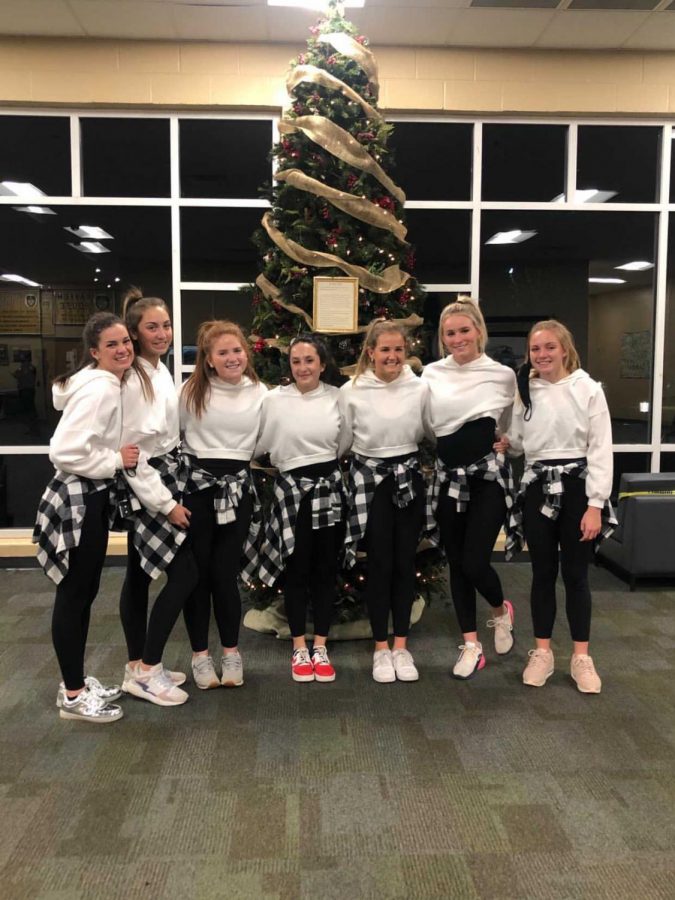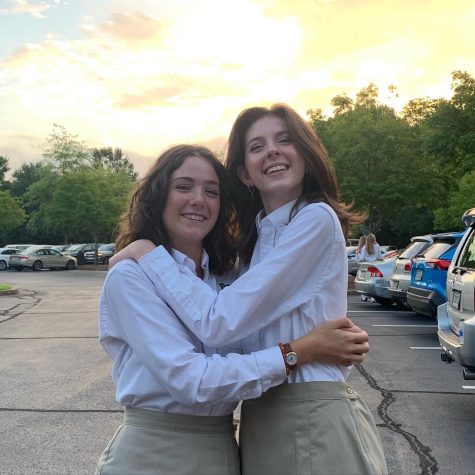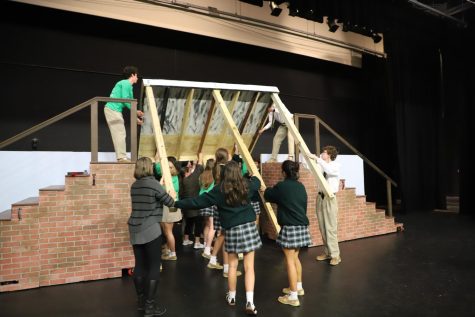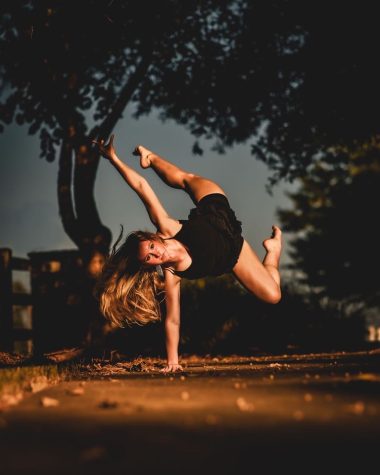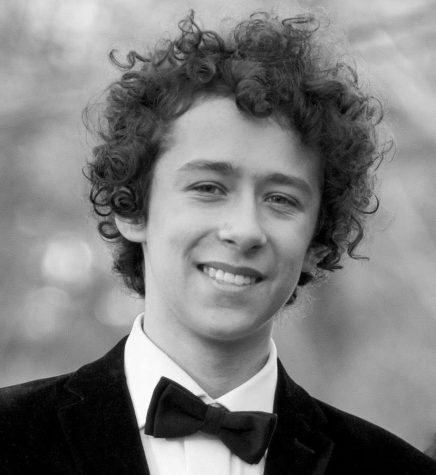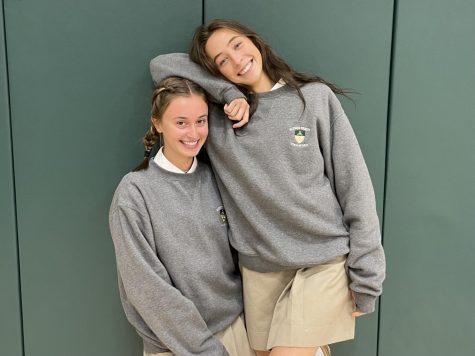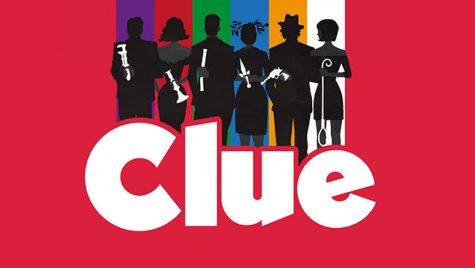Dance: the Sport?
As our Blessed Trinity Dance Team twirls into the competition season, we celebrate a victory that they have already attained in this past year. The GHSA has officially recognized Dance Team as a sport, this development coming after a lengthy campaign to substantiate these dancers as the athletes they are. Influential in making this come to fruition, Blessed Trinity’s own Amanda Ketcham. Ketcham, who has taught alongside Mrs. Joy Clift in our dance program for fourteen years, has been a dance teacher for nearly twenty-four years. She has served as the dance team coach for the last five years here at Blessed Trinity, appointed by the founding principal, Mr. Frank Moore himself.
The Blessed Trinity Dance Team was established during the second year of the school being open, led by former student, Mel Pacheco. The original dynamic was a “student-based group with a teacher that would sponsor them, and the primary focus would be Hip-Hop.” The group has since undergone several transformations, eventually evolving into the multifaceted and uber-talented team we all know and love.
Ketcham maintains that “with [dance team] being a sport, they’re promoted more and it’s going to give more people the opportunity to be involved with a school organization.” One of her goals is “to grow dance teams around the state, getting the sport bigger, and getting more of a community about dance.” Clift adds this development will “also give [the dancers] the opportunity to know what a collegiate dance team looks like because what would be expected of them at the collegiate level would be what we are doing now.”
First-year dance team member, McKenna Wallace, believes that “dance team will benefit greatly from being recognized as an official sport now by the GHSA.” She resents that “when most people think of dancing, they brush it off as nothing more than a two-minute performance that looks nice.” She admits that “dancing may look easy,” but insists that is “because [the dancers] make it look easy. There are continuous hours of training that happen behind the scenes to display an amazing performance. On the BT dance team, we train for hours on end perfecting our numbers to be able to show off technique, execution, and energy. With COVID especially, we do many turns, kicks, and leaps in masks to ensure the safety of ourselves and others at Blessed Trinity. Before the dance team was recognized as a sport by the GHSA, most people in the school just recognized us as the group of dancers who perform at the pep rallies. Now, I hope that students, teachers, and faculty can appreciate the work that goes into our routines.”
Clift recognizes that “the dancers that come here are already really skilled. It’s not like I want to grow this into a program where we are just pulling out great dancers; we already do that; we have been doing that since day one. That’s what the focus has always been.” She guarantees that if “you are going to come here, you’re not going to take some written course about dance. If you take this class, you’re going to be dancing. We are going to increase your level of ability, no matter who you are, from the lowest level to the highest level, so that when you leave you’ve learned something.”
Clift hopes that “the outstanding community of Blessed Trinity will learn to appreciate what dance is, the difficulty of”… “the dancers having to be athletes at the same time that they are artists.” She continues, “what we are doing is more than just entertainment, it’s a way to communicate without the use of words, and through our movement, we are able to do that.”
Ketcham insists that dancers are the quintessential athletes, saying, “yes, they train here, and they have a class here, and they are on a dance team here, but the dance team only practices for three hours a week, and some of these girls train outside of the school. They train even more than basketball players or football players because they have more practices, and their season is the year long. They are true athletes in the utmost form.” Clift adds, “you’re training all the time as a dancer.”
One of the dance team captains, McKenna Conner, corroborates these assertions, saying, “I think that most people don’t really understand the amount of time and effort that goes into each dance that we perform. It can take us around 2-3 months to choreograph just one of our dances. When you play a sport you run the same plays, and you have the same practice schedule but for us, practice looks different every time we step into the dance room. We are constantly having to add on to a dance or change it in some way to make it look the best it can possibly look.” She attempts to dismantle the misconception that dancers don’t need to be physically strong, saying “we condition just like every other sport. If we didn’t condition then we couldn’t do half the stuff in our routines.”
Ketcham’s closing advice to any dance hopefuls is, “no matter your level of dance, if you join the department, you’re going to grow and blossom as a dancer,”…“and learn new things, so don’t be hesitant, thinking that your technique is less than where you think it should be because we have five levels of dance classes here, there is a space for everyone.” She adds, “We’ve had kids work their way up from the lowest level, Dance Technique, all the way up to Advanced in the four years that they’ve been here.” Clift assures, “there’s a place for everyone.”

Javier Mina is currently in the twelfth grade and the co-editor-in-chief of The Titan Times. Javier is also the President and a founding member of the...

